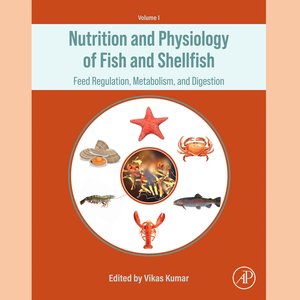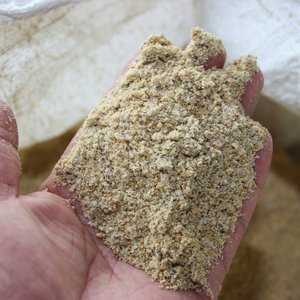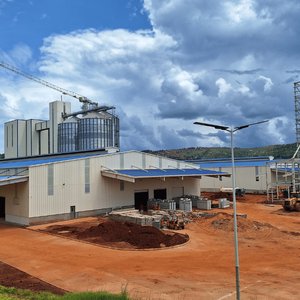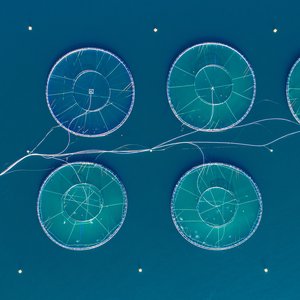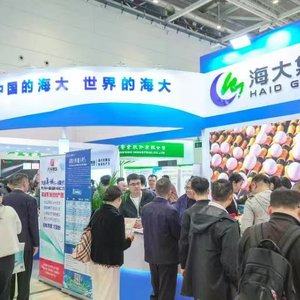According to a paper published in International Aquafeed (July 2017), functional feed additives can reduce the impact of an Enteromyxum leei infection on performance and disease severity, as evidenced by an experimental challenge with gilthead sea bream.
Abstract
Concern on the impact of parasite infections in aquaculture has increased in recent years. In addition to visible mortality episodes and increased running costs, some estimates of the world annual grow-out loss in finfish farming due to parasites ranges from 1% to 10% of harvest size, with an annual cost that can reach up to $9.58 billion (Shinn et al., 2015). In Mediterranean fish farming, one of the major parasitic diseases is enteromyxosis, caused by Enteromyxum leei (Fig. 1). This microscopic parasite infects the intestinal tract of fish and sometimes associated organs like gall bladder and liver. Enteromyxum species belong to the Myxozoa, a group of parasites related to Cnidarians that produce economically important fish diseases like whirling disease, proliferative kidney disease (PKD), milky fish liquefaction, proliferative gill disease (PGD), gill sphaerosporosis, swim bladder inflammation (SBI) or ceratomyxosis. In contrast to the complex, 2-host life cycle described for about 50 myxozoan species, spontaneous direct fish-to-fish transmission has been demonstrated for the genus Enteromyxum. This unique mode of horizontal transmission favours the spread of enteromyxoses in cultured fish stocks.
Leei has a wide host and geographical range, including economically important aquacultured species in the Mediterranean and worldwide, like tiger puffer, Japanese flounder, parrot fish, Malabar grouper, various sea breams, or Peruvian fine flounder. The virulence and mortality caused on each host is quite variable, and largely affected by the species susceptibility and the rearing system and environmental conditions. In gilthead sea bream (GSB) (Sparus aurata), enteromyxosis has a chronic course leading to a cachectic syndrome with anorexia, anaemia, weight loss, severe epaxial muscle atrophy and, eventually, death (Sitjà-Bobadilla and Palenzuela, 2012). Direct mortality due to enteromyxosis in GSB raised in sea cages is most often moderate, whereas the serious economic impact of enteromyxosis in these facilities is largely due to arrested growth and inability to reach commercial size. This effect is most patent in advanced stages of the growout period.
There are neither vaccines nor effective prescription medicines for enteromyxosis and its control measures are limited to avoidance of risk factors, early diagnosis, and good farm management practices. Therefore, the farming industry needs other solutions to minimize the impact of the infection. Health promoting feed additives are a crucial component of effective disease prevention strategies. A wide range of additives with different mode of actions are currently offered including yeast extracts, phytobiotics, probiotics, prebiotics, organic acids and their derivates. Functional feeds containing gut health promotors deliver with every meal an adequate concentration of natural compounds which can work through multiple mechanisms to reduce the success of parasitic infestations. Natural compounds with anti-parasitic activity can work directly on gut parasites and/or reach the blood and/or mucus to affect ectoparasites, whereas immune modulators can change the composition and thickness of the mucus (Couttteau et al., 2011, 2014, 2016). Many of these strategies target the gut as a primary focus for health and offer maximum benefits in chronic or subchronic infection processes, and thus GSB enteromyxosis constitutes an excellent model to study and to evaluate their potential. The present study evaluated the capacity of a functional feed additive to prevent or mitigate the effect of enteromyxosis in gilthead sea bream experimentally infected with E. leei. All the experiments were run at the indoor experimental facilities of the Institute of Aquaculture Torre de la Sal (IATS) using fiberglass tanks in an open flow-through seawater system.


